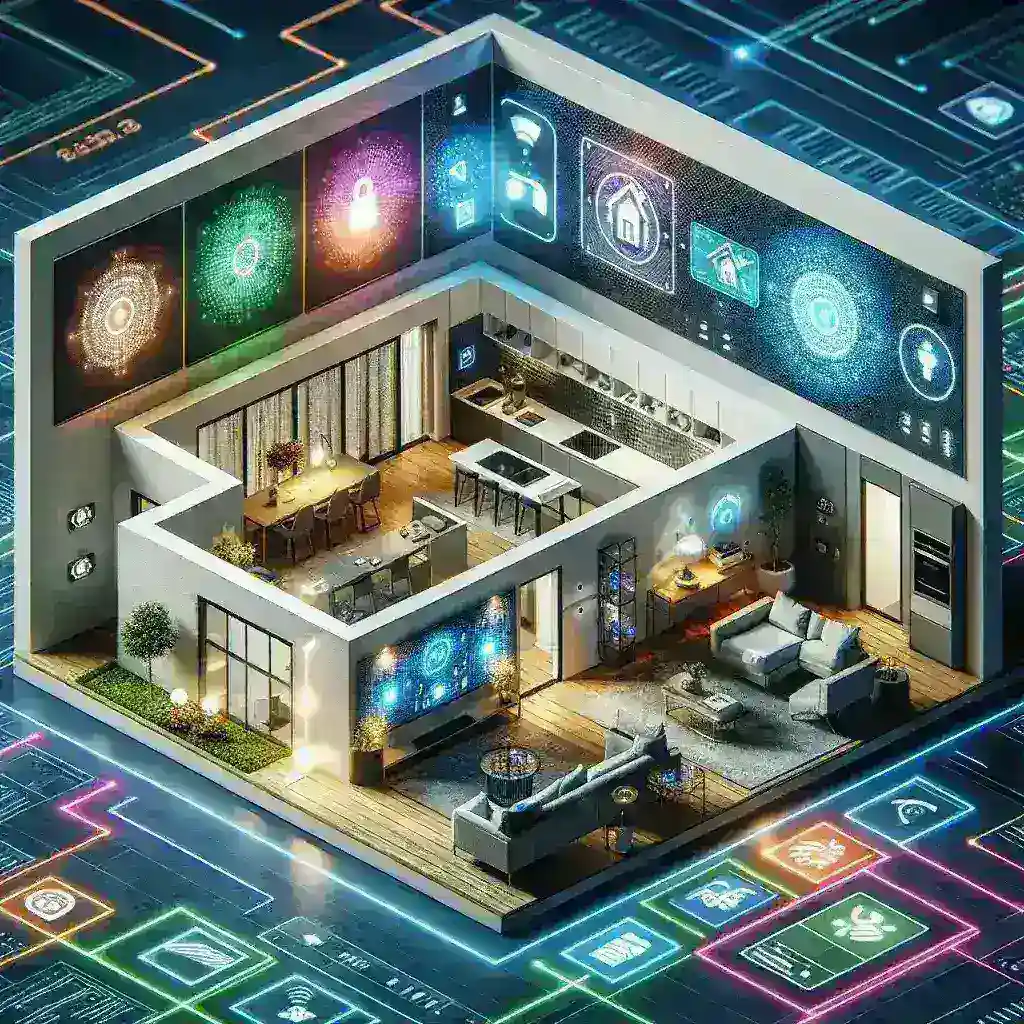Introduction
The world of smart home technology is rapidly evolving, and one of the most significant advancements on the horizon is the Matter 2.0 smart home standard. As consumers increasingly embrace smart devices for seamless connectivity, the importance of interoperability among these devices becomes paramount. In this article, we delve into what Matter 2.0 brings to the table and the exciting new capabilities to expect.
What is Matter?
Matter, initially known as Project Connected Home over IP (Project CHIP), is an open-source connectivity standard designed to unify smart home devices from different manufacturers. The primary goal is to make smart homes more accessible by ensuring that devices can communicate with one another, regardless of brand. The adoption of Matter is seen as a game-changer in the smart home industry.
Historical Context of Smart Home Standards
Before the introduction of Matter, the smart home landscape was fragmented. Different brands employed proprietary protocols, making it challenging for consumers to create a cohesive smart ecosystem. Common standards like Zigbee and Z-Wave emerged, but they did not achieve universal compatibility. The need for a unified standard became glaringly evident, leading to the creation of Matter.
What’s New in Matter 2.0?
With the release of Matter 2.0, several enhancements and capabilities are set to redefine the smart home experience. Here are some of the key features:
- Improved Interoperability: Matter 2.0 promises enhanced compatibility among a broader range of devices. This means you can mix and match products from different brands without worrying about connectivity issues.
- Enhanced Security: Security is critical in smart homes. Matter 2.0 integrates advanced encryption and authentication methods to ensure that your smart devices communicate securely.
- Expanded Device Support: The new standard will support a wider array of device types, including household appliances, lighting, and security systems, allowing for a more comprehensive smart home ecosystem.
- Streamlined Setup Process: Matter 2.0 aims to simplify the setup process for consumers. With easier pairing and configuration, setting up smart devices will be more user-friendly.
- Advanced Features: Expect features like remote access, voice control integrations, and automated routines that enhance user convenience and control.
Real Examples of Matter 2.0 Implementation
Leading tech companies are already expressing interest in Matter 2.0. For instance, major players like Apple, Google, and Amazon have committed to integrating Matter into their platforms. This means that devices like the Amazon Echo and Apple HomePod will work seamlessly with Matter-certified devices, offering a connected experience.
Future Predictions: The Impact of Matter 2.0
The smart home market is projected to grow significantly in the coming years. As Matter 2.0 gains traction, we can anticipate several trends:
- Increased Adoption: More consumers will be likely to invest in smart home technology due to the promise of interoperability and ease of use.
- Growing Ecosystem: As more manufacturers adopt Matter, the variety of compatible devices will expand, leading to a more diverse smart home ecosystem.
- Focus on User Experience: With an emphasis on user-friendly interfaces and seamless integration, we can expect a shift towards products that prioritize consumer convenience.
Pros and Cons of Matter 2.0
Pros
- Interoperability: Devices from different brands can work together, reducing compatibility issues.
- Security: Advanced security measures protect user data and device integrity.
- User-Friendly: Simplified setup and operation make the technology accessible to a broader audience.
Cons
- Dependency on Standardization: The success of Matter depends on widespread adoption by manufacturers, which may take time.
- Learning Curve: Some users may face challenges in understanding new features and capabilities.
Step-by-Step Guide to Getting Started with Matter 2.0
For those looking to harness the power of Matter 2.0, here’s a simple guide to get started:
- Assess Your Current Devices: Check which of your existing smart devices are Matter-compatible.
- Choose a Matter-Compatible Hub: Invest in a smart home hub that supports Matter to centralize your devices.
- Download Manufacturer Apps: Ensure you have the latest apps for your devices for optimal functionality.
- Follow Setup Instructions: Use the manufacturer’s guidance to pair devices with the hub.
- Explore Features: Take time to explore the new capabilities and customize your smart home experience.
Cultural Relevance
The rise of smart home technology reflects a cultural shift towards convenience, sustainability, and connectivity. As we lean into an increasingly digital lifestyle, Matter 2.0 embodies the desire for a more integrated and efficient living environment.
Conclusion
Matter 2.0 is poised to revolutionize the smart home landscape by fostering interoperability and enhancing user experience. As the standard gains traction, consumers can look forward to a future where their smart devices work harmoniously, creating an ecosystem that not only simplifies tasks but also enriches daily life. The excitement for Matter 2.0 is palpable, and its potential to reshape the smart home industry is undoubtedly bright.
